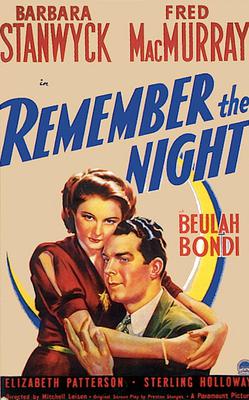 |
| Juano Hernandez and David Brian in Intruder in the Dust |
Chick Mallison: Claude Jarman Jr.
Lucas Beauchamp: Juano Hernandez
Nub Gowrie; Porter Hall
Miss Eunice Habersham: Elizabeth Patterson
Crawford Gowrie: Charles Kemper
Sheriff Hampton: Will Geer
Vinson Gowrie: David Clarke
Aleck: Elzie Emanuel
Director: Clarence Brown
Screenplay: Ben Maddow
Based on a novel by William Faulkner
Cinematography: Robert Surtees
Art direction: Randall Duell
Film editing: Robert Kern
Music: Adolph Deutsch
Clarence Brown's Intruder in the Dust is the film that awakened me to a lifelong obsession with movies and how they're made. I was not yet 9 years old when the MGM film crew came to Oxford, Mississippi, where I was born and grew up, but I hung around the making of it as much as school and my parents would allow. The filming was an unprecedented event in the town, which had more or less taken for granted that one of its residents was a well-known author but also something of an eccentric. The call went out for extras, and my grandfather signed up. I can still spot him in the opening scenes in which the sheriff's car bringing Lucas Beauchamp to jail enters the town square and passes the Confederate monument in front of the county courthouse. He's one of the men standing there who turn and watch the car go by, a small man with a hat and pipe, wearing khaki trousers. The film also had its world premiere in Oxford in October 1949, at the Lyric Theater, one of the town's two movie houses, an event almost as memorable as the actual filming, partly because the shabby old theater, a converted livery stable, had been dolled up with fresh paint and glittery posters, and an actual spotlight scanned the sky in front of the theater. I must have seen the film there a few days later -- my parents were regular moviegoers and usually took me with them -- but it wasn't until it turned up on television many years later that I was able to assess it as a film, and to realize with pleasure that it's a very fine one indeed. Actually, I think it's better than the William Faulkner novel on which it's based. Critics have complained about the prolix self-righteousness of Gavin Stevens's speeches, but they're mercifully kept to a minimum in the film whereas they go on for pages in the book. The chief flaw of both film and book may be that neither Faulkner nor screenwriter Ben Maddow could decide whether they wanted a whodunit wrapped in a fable about racism, or a story about racism that incidentally contains a murder mystery. I think the film is partly rescued from this problem by Robert Surtees's mastery of black-and-white cinematography, which brings a film noir quality to the movie, especially in the scenes shot in the old Lafayette County Jail, where a single bare light bulb often apparently lights the shabby surroundings. And while the midnight digging up of Vinson Gowrie's grave by two teenagers and an elderly woman is one of the more improbable twists of the plot, Surtees's camera and lighting give at least an illusion of plausibility while also evoking horror movie chills. (One thing I particularly like about this scene is that Aleck, the black teenager played by Elzie Emanuel, isn't put through the usual degrading movie jokes about blacks afraid of graveyards. He goes along with the plan gamely, but also gets a good laugh line later when the sheriff asks Chick and Aleck what they would have done if there had been a body in the grave. "I hadn't thought about it," Chick says, probably lying to brave it out. "Uh, I did," Aleck says, quite sensibly.) The film works, too, because it's a movie without stars, therefore without the baggage of familiar personae that established movie actors bring to roles. David Brian is the nominal lead, but this was his first year in movies, so his relative unfamiliarity prevents him from overshadowing the film's real star, Juano Hernandez as the stubborn, proud Lucas Beauchamp, a brilliant performance that deserved one of the several Oscar nominations that the film failed to get. Claude Jarman Jr. had made his debut at the age of 12 as Jody in Brown's The Yearling (1946), for which he won the special Oscar once designated for juvenile actors, but like Brian, he never became a big star. The film is really carried by two stellar character players, Porter Hall as Nub Gowrie and Elizabeth Patterson as Miss Habersham, and, I think, by the citizens of Oxford and Lafayette County rounded up for the crowd scenes and a few incidental small roles. It's a film of control and texture that deserves to be better known than it seems to be.
